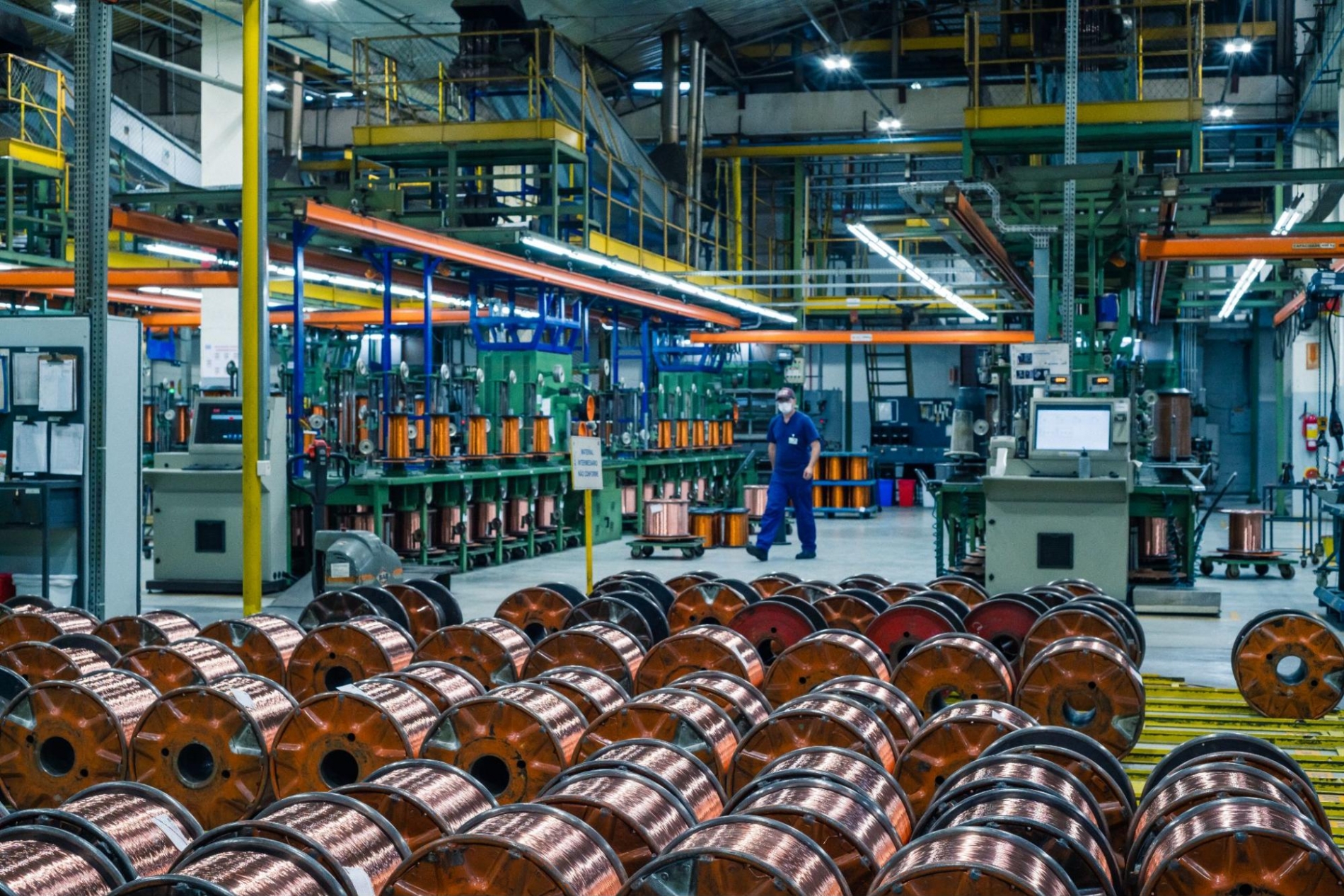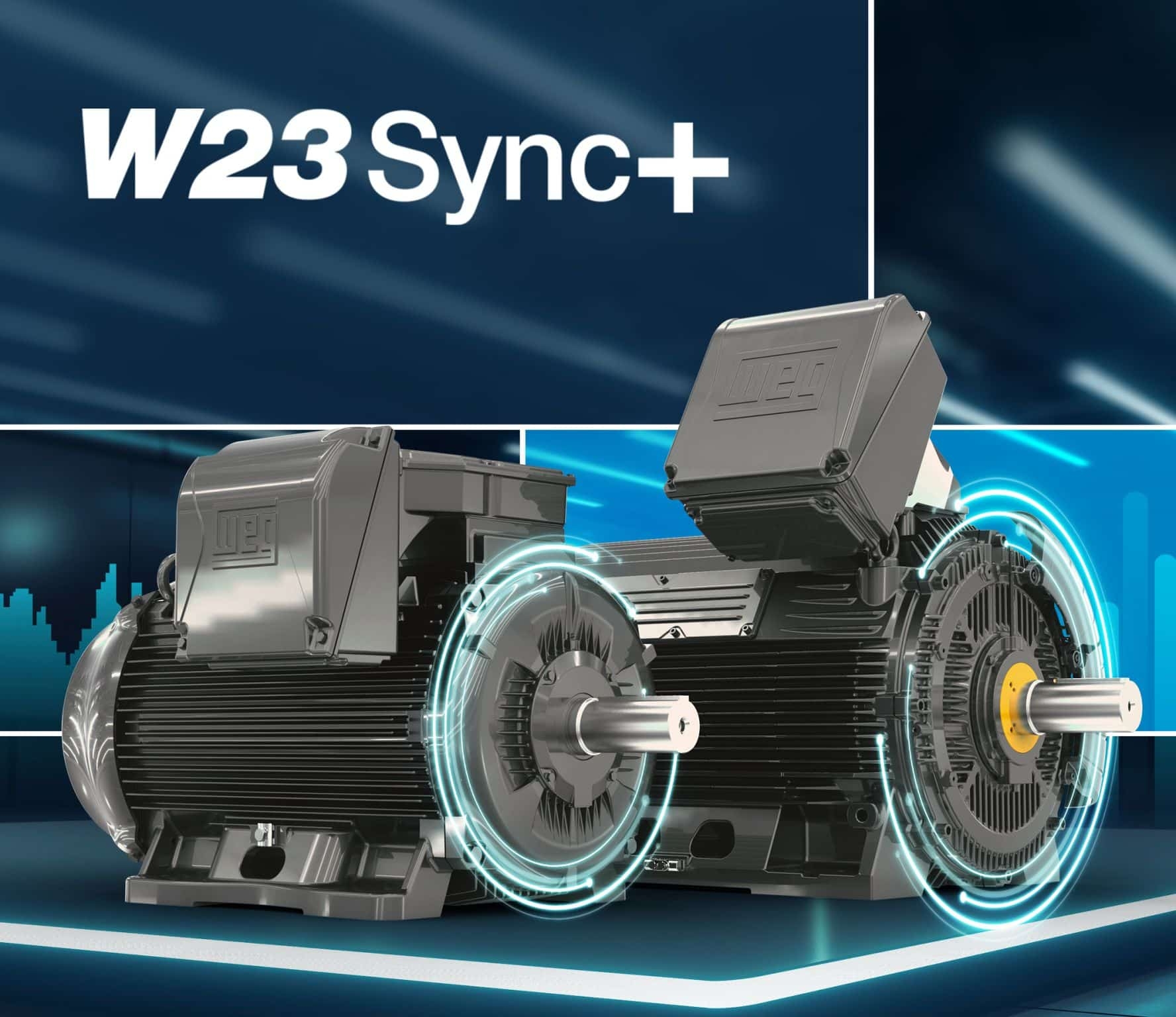
Motor downtime in industrial operations can lead to significant financial losses, production delays, and increased maintenance costs. Whether in manufacturing, mining, or food processing, an unexpected motor failure can halt production lines, causing ripple effects across supply chains and damage connected equipment.
Beyond direct repair expenses, downtime costs include lost revenue, wasted materials, and overtime wages for emergency repairs. This makes preventive maintenance and proactive monitoring crucial for industrial facilities relying on OEM-certified equipment, such as WEG electric motors, to ensure efficiency and longevity.
Reactive repairs often lead to extended downtimes and costly fixes. Instead, predictive maintenance, powered by industrial automation, helps detect early signs of motor wear and failure before they cause disruptions.
Advancements in industrial automation allow facilities to remotely track motor performance in real-time. Smart sensors and IoT-based solutions provide early warnings for overheating, voltage fluctuations, and excessive vibrations. These insights enable maintenance teams to schedule repairs before a motor breakdown occurs.

Using OEM-approved replacement parts, such as those from WEG, ensures compatibility, durability, and peak performance. Non-OEM components might not meet factory specifications, increasing the risk of failure and voiding warranties.
Older motors consume more power and are more prone to failures. Investing in WEG electric motors, known for their efficiency and durability, helps reduce energy costs while minimizing unplanned shutdowns. High-efficiency motors also improve sustainability and align with modern energy-saving initiatives.

Minimizing motor downtime requires a strategic approach to maintenance, monitoring, and equipment upgrades. VJ Pamensky (WEG Canada) provides high-performance motors and components designed to enhance operational efficiency and reduce costly breakdowns.
For expert guidance on selecting and maintaining high-performance electric motors, contact VJ Pamensky today.